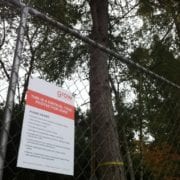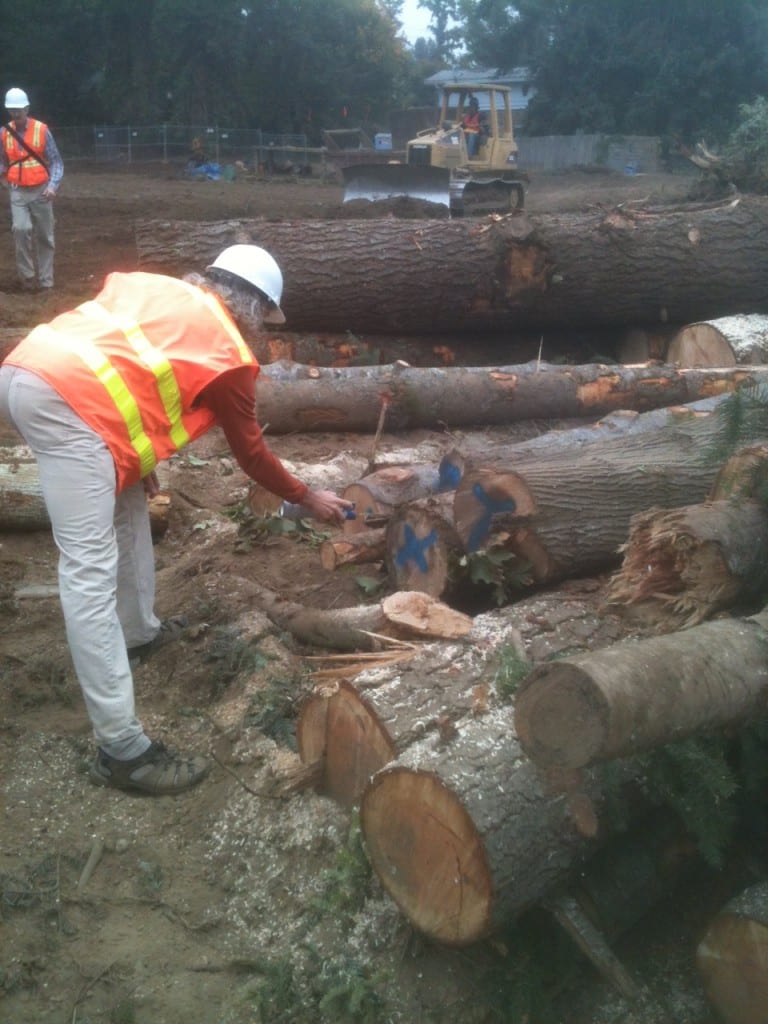Going solar at Grow is easier than you think
Choosing the solar option.
Grow is a One Planet Community with a goal to achieve Net Zero Carbon from buildings by 2020. To achieve this we have designed each house to be powered entirely by solar. Each homeowner can choose to add the solar option at the time their house is constructed or at a later date. The system has been designed to provide all the power you will need for your house, reducing not only your carbon footprint, but reducing the money you spend on power over time.
Solar Package.
All homes at Grow are solar-ready and are wired for easy installation of solar panels at any time. Grow is able to provide a solar package at an incredible price because we install a large volume of panels throughout the project. We have negotiated a price for solar with A&R Solar based on bulk installation. This price includes installation, permitting, Manufactured in Washington photovoltaic panels and micro-inverters, as well as a racking system supplied by a Washington-based company.
Solar Financing.
Home buyers interested in financing their solar array have the option of unsecured solar loans through Puget Sound Cooperative Credit Union or Umpqua Bank. Interest rates range from 4.5%-7.99%. There are no loan fees or closing costs and preliminary approval often occurs in 24 hours or less. The annual incentives available in Washington State, for Washington-made equipment can be applied to cover much of the principal and interest on the loan.
The current federal tax credit, the extension of the sales tax exemption, as well as the annual incentives available from Washington State, make solar an easy financial choice. We encourage you to choose the solar option and will assist you in making this possible.

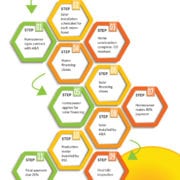
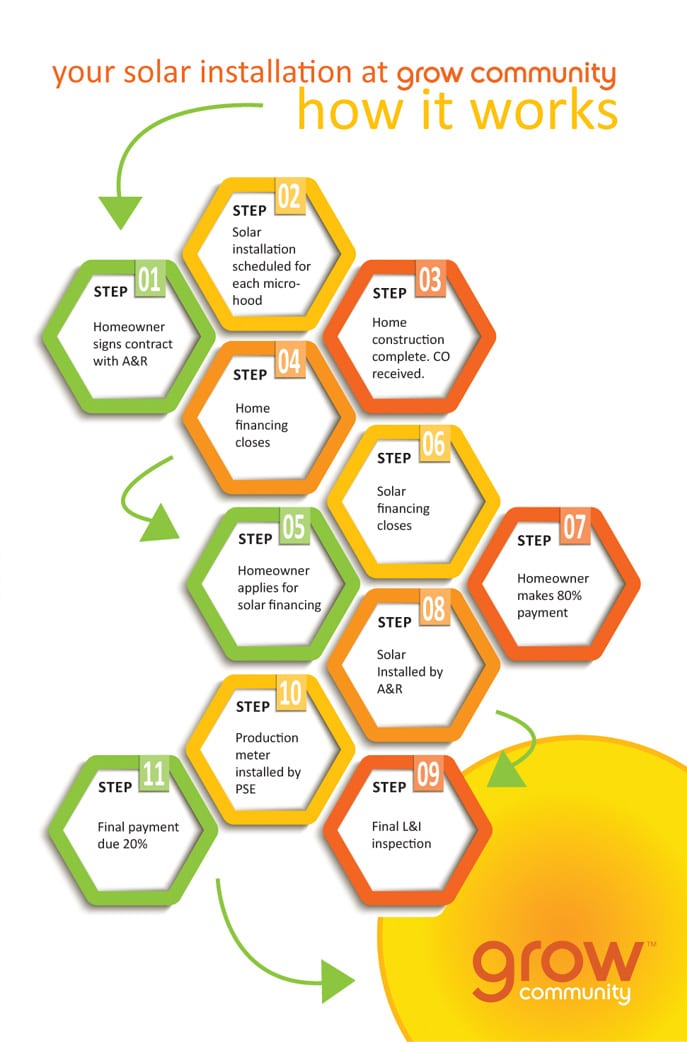
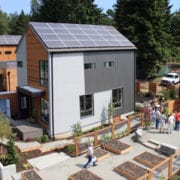
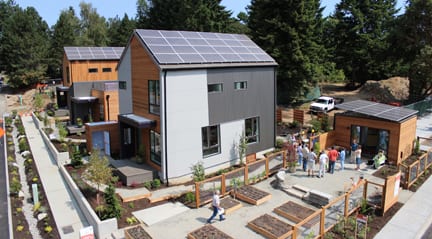
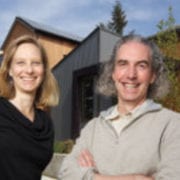
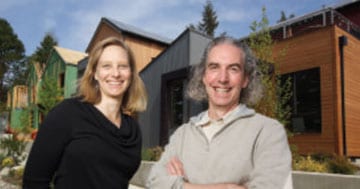

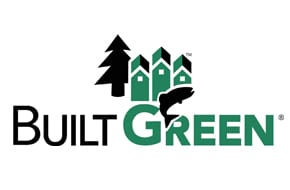 We are very excited to announce that Grow Community homes have achieved 5-Star Built Green status, the highest rating for Built Green certification.
We are very excited to announce that Grow Community homes have achieved 5-Star Built Green status, the highest rating for Built Green certification. 
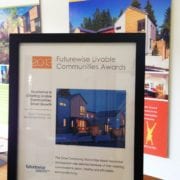
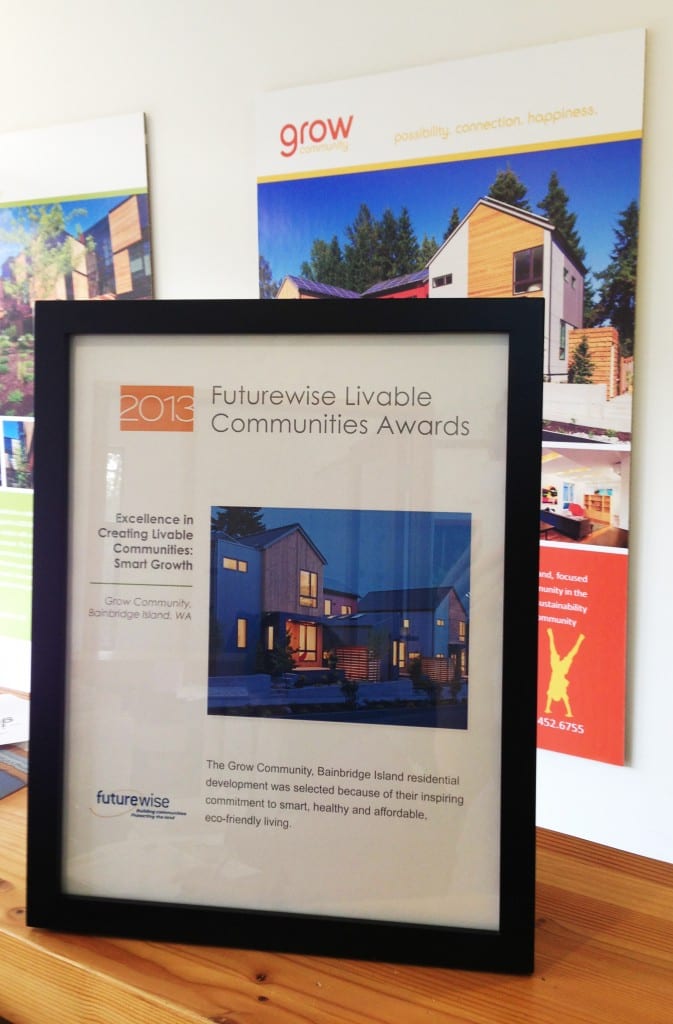

 I decided to get involved in the Grow project after meeting Jonathan Davis. He is a long time family friend of my wife, Haripurkh Khalsa , and previous student of her father Guru Singh. Jonathan explained the One Planet concept and I was thrilled. The core of The One Planet concept is exactly how I try to live my life, and exactly where we need to be striving towards with all development. I have an electric truck, electric tools and don’t use any pesticides or harmful chemicals in my work. I have spent the last 10-15 years planning and working on community gardens and I could not believe that a private development actually could be so focused on growing food as a means to build and create community!
I decided to get involved in the Grow project after meeting Jonathan Davis. He is a long time family friend of my wife, Haripurkh Khalsa , and previous student of her father Guru Singh. Jonathan explained the One Planet concept and I was thrilled. The core of The One Planet concept is exactly how I try to live my life, and exactly where we need to be striving towards with all development. I have an electric truck, electric tools and don’t use any pesticides or harmful chemicals in my work. I have spent the last 10-15 years planning and working on community gardens and I could not believe that a private development actually could be so focused on growing food as a means to build and create community! I believe that the network of community Gardens built into the overall design of the Grow Community is the key piece that can make this innovative concept work. Community gardens/farms take teamwork and community involvement to run. They will serve to connect neighbors in Grow with each other, and with the surrounding community.
I believe that the network of community Gardens built into the overall design of the Grow Community is the key piece that can make this innovative concept work. Community gardens/farms take teamwork and community involvement to run. They will serve to connect neighbors in Grow with each other, and with the surrounding community.
